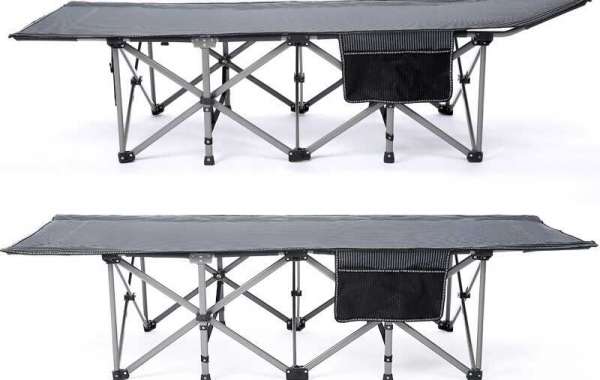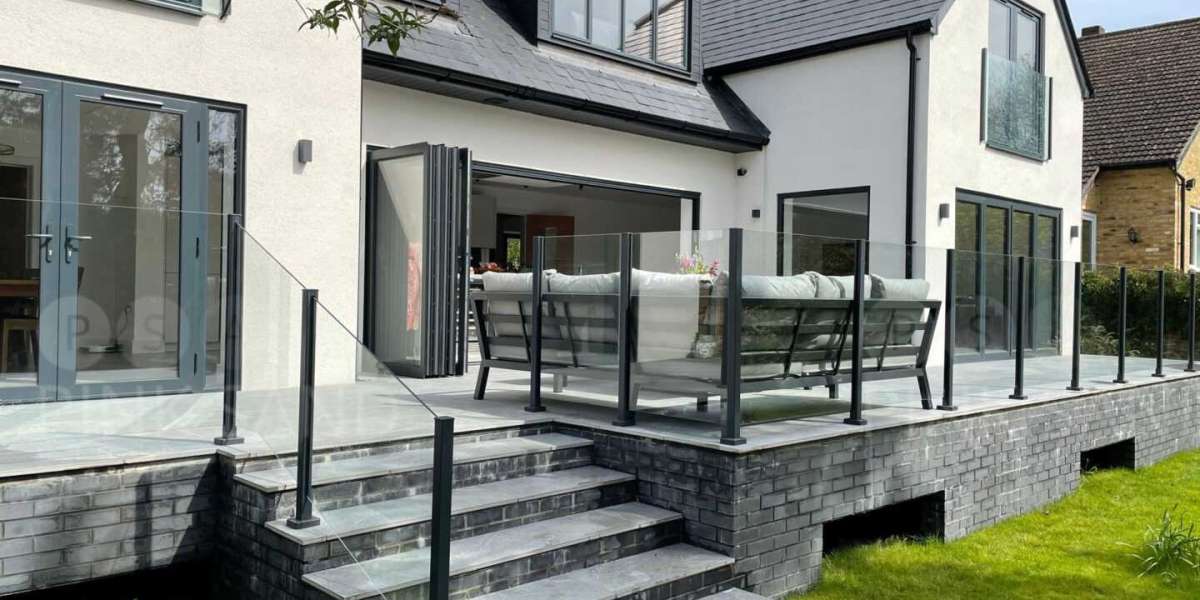Getting a good night’s sleep is an important part of a camping trip and having the right type of bed can make all the difference.
The choices basically come down to sleeping mats (either self-inflating or roll-out), airbeds or folding camp beds.
Each has its benefits depending on your budget, the type of camping you are doing and your own preferences.
Roll-out sleeping mats
These are the most basic form of camp bed and are generally the cheapest. They are light enough to roll up and attach to your backpack so are a big favourite with festival goers.
Generally they are thin and not very comfortable so aren’t ideal for longer trips but they are cheap, can be rolled out quickly and will provide some protection from the cold, lumpy ground.
Backpackers and trekkers will often choose this type of mat, although there are very lightweight versions available that provides more comfort with very little weight. These tend to be expensive, specialist models.
Self-inflating mats
Self-inflating mats, also known as SIMs, are becoming the most popular form of folding camping bed for sale, especially for family campers, and come in various thicknesses, ranging from 5 to 16cm.
To set it up, you simply unroll the bed, open the valve and sit back and wait for the bed to self-inflate. You will probably have to top it up by blowing into the valve to get it fully inflated.
Self-inflating mats are far more comfortable than roll-out mats and provide more insulation than air beds. They are also more stable than airbeds so you can enjoy a more comfortable night’s sleep, especially on a double.
The downside is that they can be very bulky, especially the thicker models, and take up a lot of space in your car. They are also more expensive than basic sleeping mats but top-of-the range models can be as comfortable as your bed at home so the investment can be worthwhile.
Airbeds
Available in single or double versions, airbeds offer a more comfortable and often luxurious alternative to a basic sleeping mat.
They come in durable heavy-duty PVC and flocked PVC with a soft suede top.
Today’s airbeds are easy to inflate and deflate, using either a manual or electric pump, and can take as little as a minute to inflate.
Many campers believe that airbeds are the most comfortable option for sleeping in a tent, however they are less effective in low temperatures than self-inflating mats as the air inside can get cold and this will transfer to your body.
They tend to be less stable than SIMs, especially doubles. If one person moves during the night, it can cause the whole mattress to shift.
Air beds also come in handy at home when guests come to stay.
Folding camp beds
Camp beds, single or double, can be the most comfortable option for sleeping in a tent, especially if you combine them with a self-inflating mat or an airbed.
Because they are off the ground, they are easier to get in and out of, so are handy if you have mobility issues. Some people simply prefer not to sleep on the floor.
Another benefit of folding camp beds is that they also offer much-needed storage underneath, however they can be heavy and bulky and may take up a lot of space in your car.
Like airbeds, they are a good option for setting up at home if you have guests staying.
For younger kids, folding camping bunk beds are a good option as they can turn a single bedroom into a double.
We also provide products such as aluminium beach chair suppliers, Please don't hesitate to contact us.






